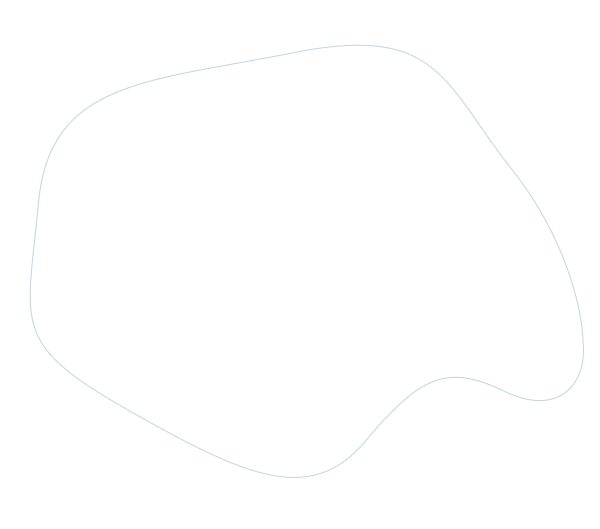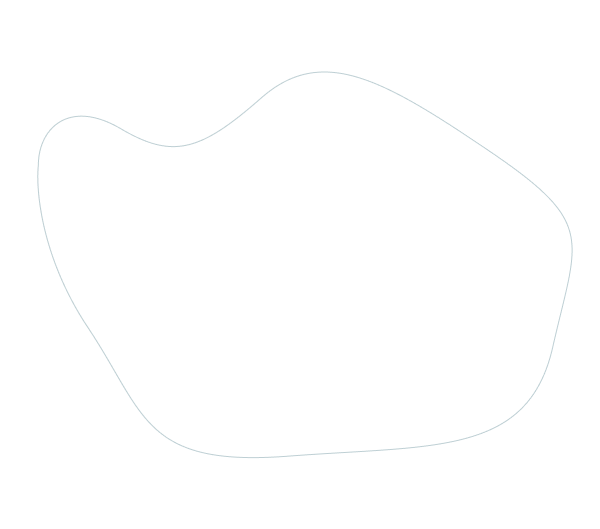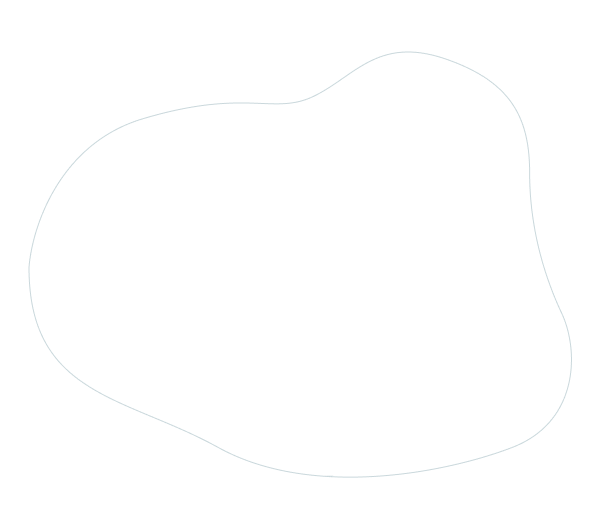

Most people would probably agree that there are few things better than sinking into your bed at the end of a hard day. But have you ever wondered what might be in there with you? Well the chances are that these ugly little creatures – dust mites – will be snuggling down with you –and they will be there in their thousands, if not millions.
What are they?
The humble dust-mite is an arachnid and a relative of spiders and ticks. Without proper protection on your bed/pillows, there are liable to be between 100,000 and a million dust mites in your bed. Luckily 95% of them are dead. But the other 5% are alive and are happily procreating and defecating in your bedding before they too die.
The most common dust mite in Australia is the Dermatophagoides pteronyssinus which is less than half a millimetre long. Feeding on dead skins cells, dust-mites living in your pillow and mattress have plenty to feed on – since the average person will lose nearly 1,000,000 skin cells in a 24 hour period. Dust-mites mate for 24 hours at a time and, in optimal conditions, live for about six weeks, with each mite producing nearly 20 faecal pellets a day. Females lay about 30 eggs during their life span. Over the months and years, the debris formed by live and dead mites and their waste gradually accumulates. While this is undoubtedly revolting, it is the proteins in the faecal matter – (which because of the size of the faecal pellets – are very easily inhaled) that cause major health problems to anyone who is susceptible. Sneezing, itchy eyes, a blocked/runny nose, eczema flare-ups and even severe asthma attacks are all caused by this faecal matter.
Do many people suffer from allergies?
Yes. According to the National Asthma Council of Australia, a whopping 45% of the Australian population suffer from allergies and about 80% of those are allergic to dust mites. Dust-mites are found everywhere, with traces having even been identified as far away as on the MIR space Station and in Antarctica. Unfortunately, the Australian climate – which offers warm, humid environments – gives dust-mites a near-perfect breeding ground, with Sydney and Melbourne being particular hotspots.
How can you reduce your exposure to Dust-Mite waste?
While getting rid of dust-mites altogether isn’t realistic, you can dramatically decrease your exposure and thus reduce allergy symptoms with a few simple steps:
1. Expose your mattresses to the sun as often as you can; dust mites are very susceptible to dehydration.
2. Wash your bedding weekly with tea-tree or eucalyptus oil or in 55˚C plus water, which kills mites and washes away allergens. Ten minutes in a hot dryer will also kill mites.
3. Invest in asthma and allergy-friendly bedding fibres. Natural fibres are best, such as TENCEL®, Pure New Wool or Corn fibre.
How to Choose the Best Mattress Topper


TENCEL® is the perfect fibre for combating allergies and asthma. Due to its incredible capacity to absorb and wick moisture, it stays dry and cool, meaning bacteria don’t stand a chance.
The Smart Shield/Health Assurance Pack offers double protection as it comes with a ‘fit and forget’ fitted waterproof mattress protector, as well as a fitted comfort layer shield. It features a 10 year warranty.
TENCEL® products are available as Mattress Protectors, Sheets, Quilts and Pillows. A range is also available for baby. For more information check us out at: www.bambi.com.au
If you have serious problems, consider a FULLY ENCASED mattress protector. These wrap around the entire mattress and do up with a zip.


4 – Consider replacing carpet with hard flooring and keep bedroom windows open when possible.
5 – Use a vacuum with a HEPA (high efficiency particulate air) filter.
This article bought to you by Bambi Enterprises, the Innovators in Natural Bedding. www.bambi.com.au



